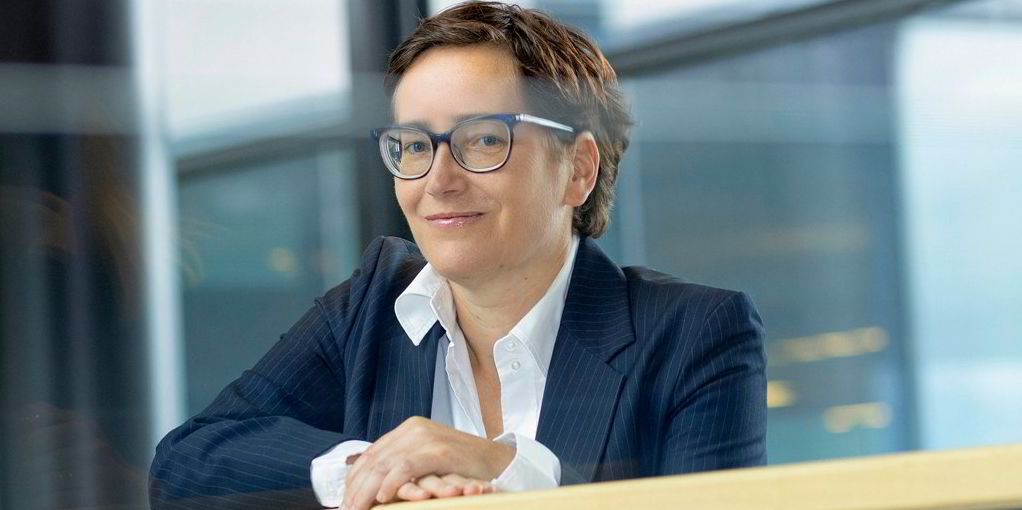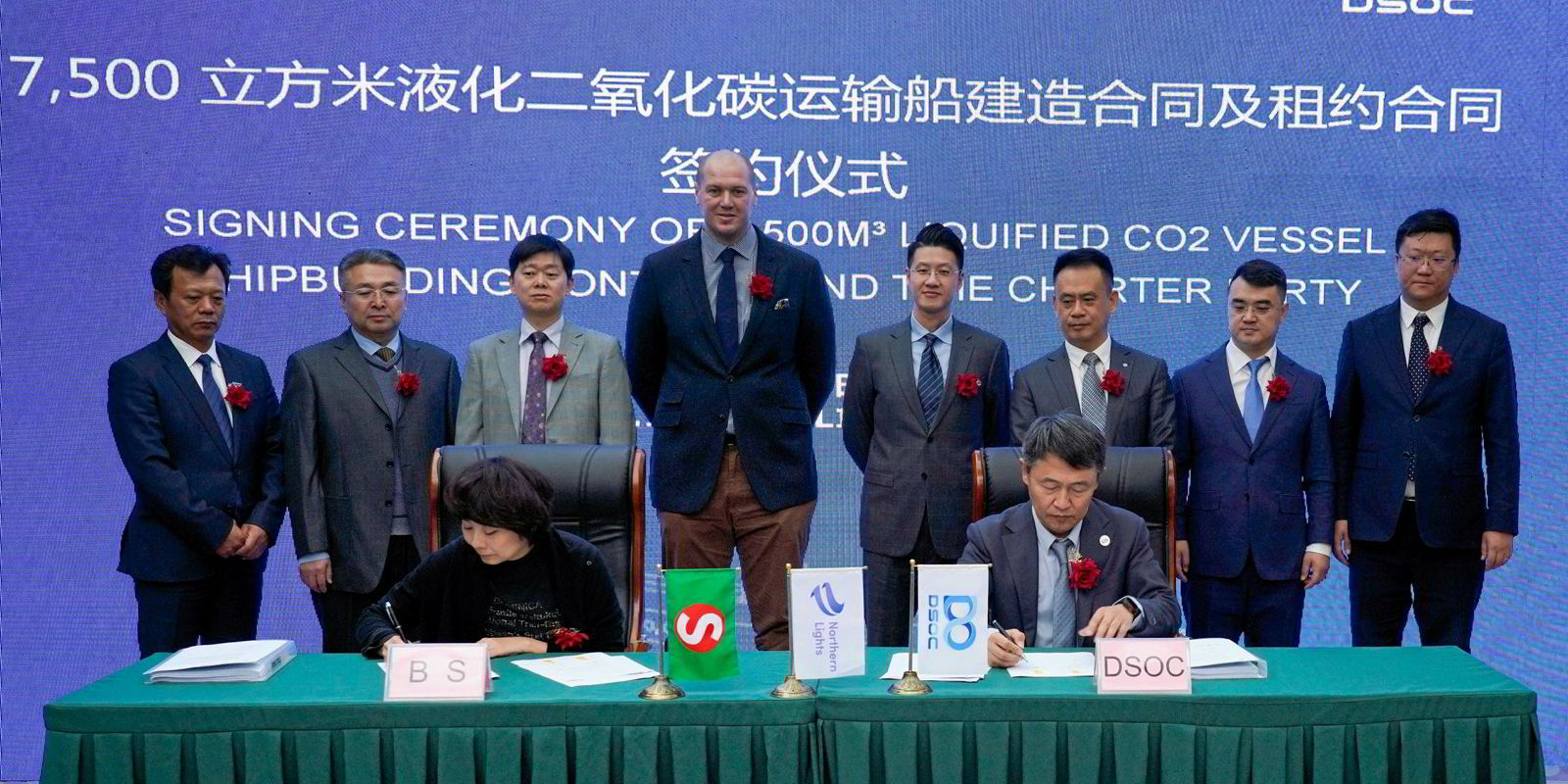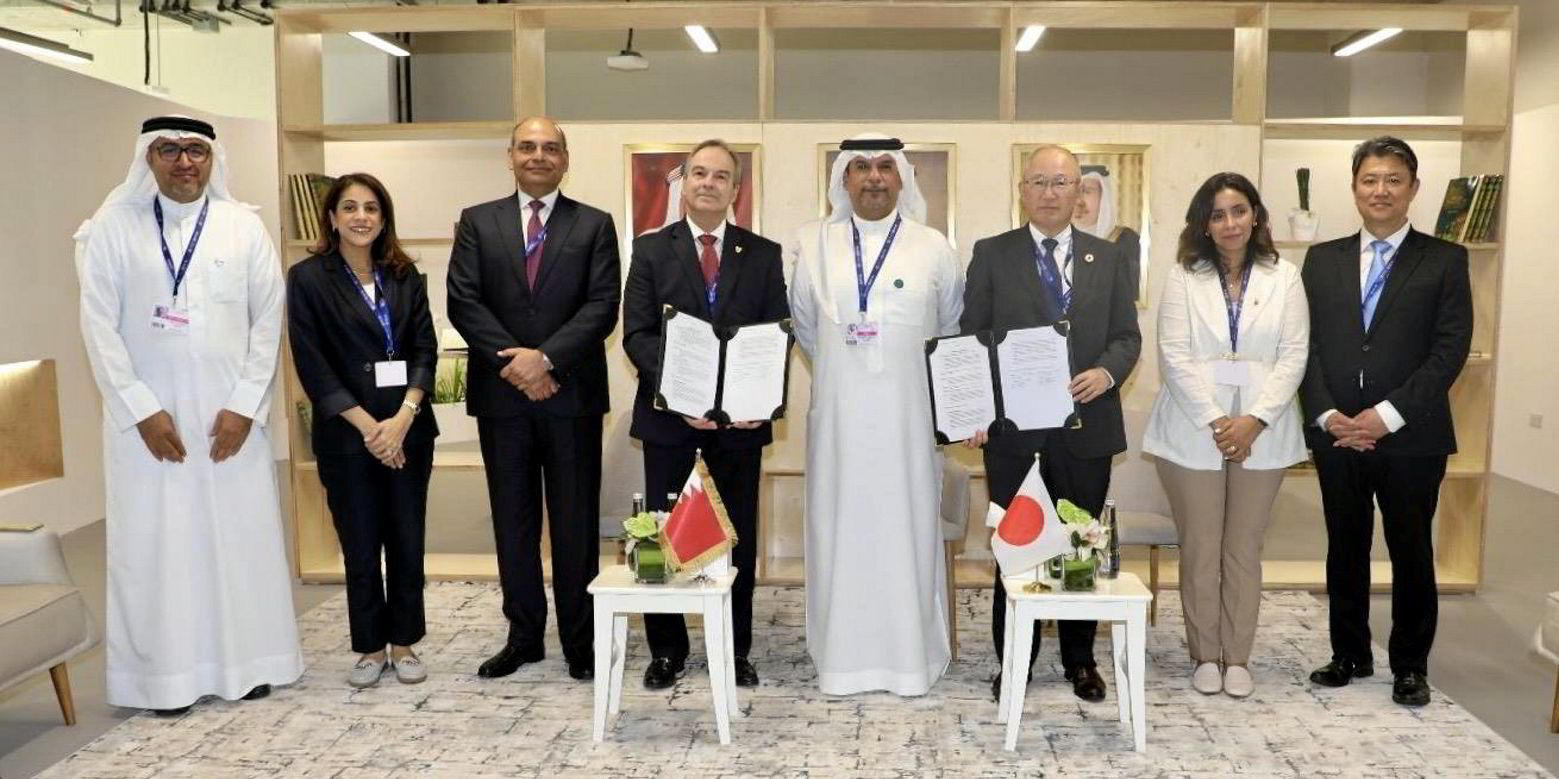Wartsila is poised to pilot its onboard carbon capture and storage system.
The equipment has been tested for more than two years in Norway and has been proven to extract the greenhouse gas at a rate of 70%.
Tamara de Gruyter, president of portfolio business at the Finnish shipping technology giant, told TradeWinds: “We plan to have a pilot in the field somewhere in the third quarter.
“We can see there’s a lot of interest from customers. We are discussing multiple pilots, but of course, we also have to be careful that we don’t go too fast.”
Results have been good from the 1 MW Moss test hall on land, she said, “but now we have to scale it to continue the development”.
The company has previously mentioned 2025 as the target for having a product ready to sell.
Most orders for the system will be retrofitted, de Gruyter believes.
Wartsila is already selling carbon capture-ready scrubbers for newbuildings, however.
“People also feel, ‘Let’s get ready now to retrofit later in an easy way’,” she said.
But can the company go beyond the 70% success rate?
Sacrificing cargo space
“I think it very much depends on the customer needs because we have been testing with 70% and we could potentially go higher,” she replied.
However, clients are more focused on what they will need to comply with environmental regulations now.
“It’s also a matter of the tanks that you have on board. It’s maybe not so much the equipment but how much can you store, and I think there you have to sacrifice cargo space,” she said.
“So initially they will probably go with what’s needed to be compliant and then over time expand the space to store the captured carbon and ramp that up in steps.
“It’s not that customers immediately say: ‘I want you to do 90% or 80%’; no, 70% will take us a long way towards the future.”
De Gruyter and Roger Holm, president of Wartsila Marine, also discussed the impact of the Red Sea disruption on the group.
Holm told TradeWinds: “It’s not massive. Of course, from a logistics point of view, it has an impact and you need to manage it differently and you might have some hiccups here and there.”
De Gruyter added: “Last week, I was visiting one of our big container customers and for them of course the rates have increased.
“Yes, they have more sailing time but they also make more money. There’s a positive element and there’s a negative element. Let’s hope this doesn’t take too long … because it’s not good for everyone.”






